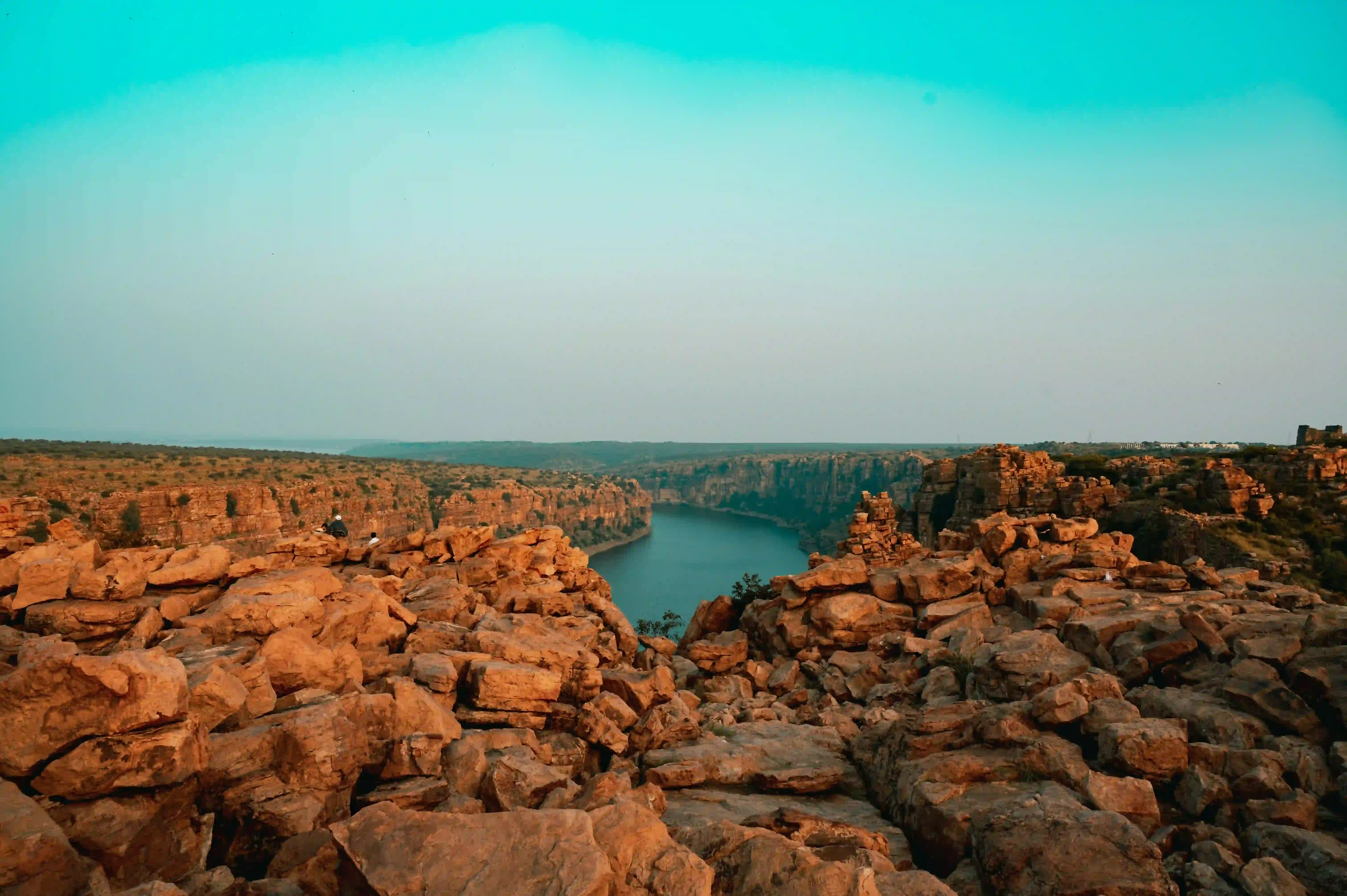Nestled in the verdant landscapes of Nagaland's Peren District, Ntangki National Park emerges as a profound testament to ecological preservation and cultural heritage. Its origins trace back to the British colonial era, when in 1923, the region was first designated as the Ntangki Reserved Forest, reflecting an early recognition of its extraordinary natural wealth. The strategic expansion of the forest reserve by 20.7 square kilometres in 1927 underscored the colonial administration's growing appreciation for the area's unique environmental characteristics.
The park's name itself carries cultural significance, derived from the Zeme dialect of the Zeliangrong Nagas, a linguistic marker that hints at the deep-rooted connection between the landscape and its indigenous inhabitants. The Zeliangrong Nagas, a subgroup of the broader Naga people, have historically maintained an intricate relationship with this forest ecosystem, their traditional knowledge serving as a crucial foundation for understanding and preserving the region's biodiversity.
Transitioning from a reserved forest to a wildlife sanctuary in 1975 and subsequently re-established as a national park in 1993, Ntangki represents a dynamic narrative of conservation efforts. These transformative moments reflect both local and national commitments to environmental protection, integrating scientific understanding with traditional ecological practices. The park stands as a living museum of Nagaland's natural heritage, where every hectare tells a complex story of ecological interdependence.
The wildlife of Ntangki National Park is particularly remarkable, hosting several rare and endangered species that epitomize the region's rich biodiversity. Hoolock gibbons and golden langurs find sanctuary here, their presence a testament to the park's critical role in wildlife conservation. These primates are not merely biological inhabitants but symbolic representatives of the delicate ecological balance maintained within the park's boundaries. The reintroduction of Asian forest tortoises further demonstrates the ongoing commitment to species preservation and habitat restoration.
Geographically positioned within the rainforest and mountain ecosystems of Nagaland, the park offers a microcosm of environmental diversity. Its landscape varies from dense forest canopies to more open terrain, creating multiple ecological niches that support an extraordinary range of flora and fauna. This varied topography ensures that each visit can reveal different aspects of the park's intricate natural systems, making it a continually fascinating destination for researchers and nature enthusiasts alike.
The cultural dimensions of Ntangki extend far beyond its biological significance. For the local Naga communities, the forest is not merely a geographical space but a living entity intertwined with spiritual and traditional practices. Local guides play a crucial role in interpreting this landscape, offering visitors insights that transcend typical ecological narratives. They share stories that illuminate the complex relationships between human communities and their natural environment, bridging traditional knowledge with contemporary conservation strategies.
Modern engagement with Ntangki National Park balances ecological preservation with controlled tourism. Visitors can experience camping, bird watching, and hiking, though access is carefully managed to minimize environmental impact. The park's management prioritizes sustainable interaction, ensuring that human presence does not compromise the delicate ecosystems that make this location so extraordinary. Permissions from the local forest department are essential, underscoring the thoughtful approach to visitor experiences.
Understanding Ntangki requires acknowledging its position within Nagaland's broader socio-ecological context. The park is not an isolated natural reserve but a dynamic space where environmental conservation, cultural preservation, and community engagement intersect. Its significance extends beyond immediate ecological metrics, representing a nuanced approach to understanding landscapes as living, interconnected systems that demand respect, study, and careful stewardship.









